Baking the perfect loaf of sourdough bread is an art that requires patience, practice, and a bit of magic. As we dive into the new year of 2024, we’re excited to share our top 10 tips for achieving that perfect, chewy crumb and golden crust.
1. Start with a Healthy Sourdough Starter
A healthy sourdough starter is the foundation of a great loaf. Make sure to feed it regularly, and store it in a clean environment to prevent contamination. A healthy sourdough starter will help your bread rise, give it a better flavor, and make it more digestible. It’s also a great way to reduce waste and make the most of your ingredients. With a healthy sourdough starter, you’ll be able to create a variety of delicious breads and pastries, from classic sourdough to more exotic flavors. Plus, it’s a great way to connect with your community and share your passion for baking with others.
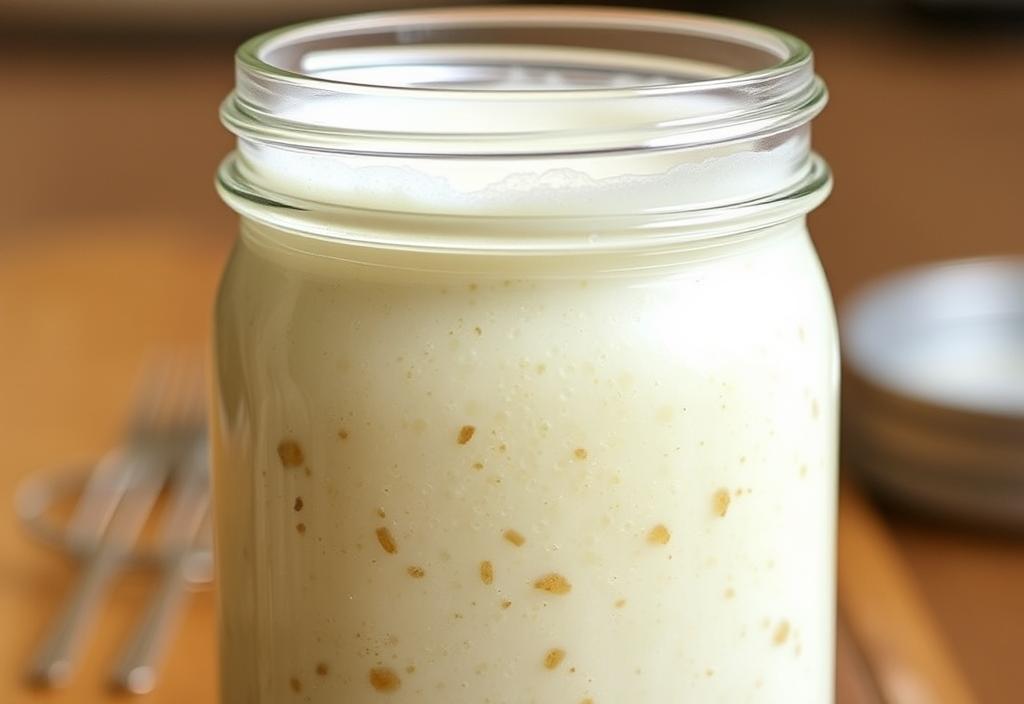
2. Use the Right Flour
The type of flour you use can greatly affect the final texture and flavor of your bread. Look for a high-protein flour, such as bread flour or all-purpose flour with a high protein content. This type of flour will help your bread rise, give it a better texture, and make it more flavorful. You can also experiment with different types of flour, such as whole wheat, rye, or spelt, to create unique and delicious flavors. With the right flour, you’ll be able to create a variety of delicious breads and pastries that will impress your friends and family.
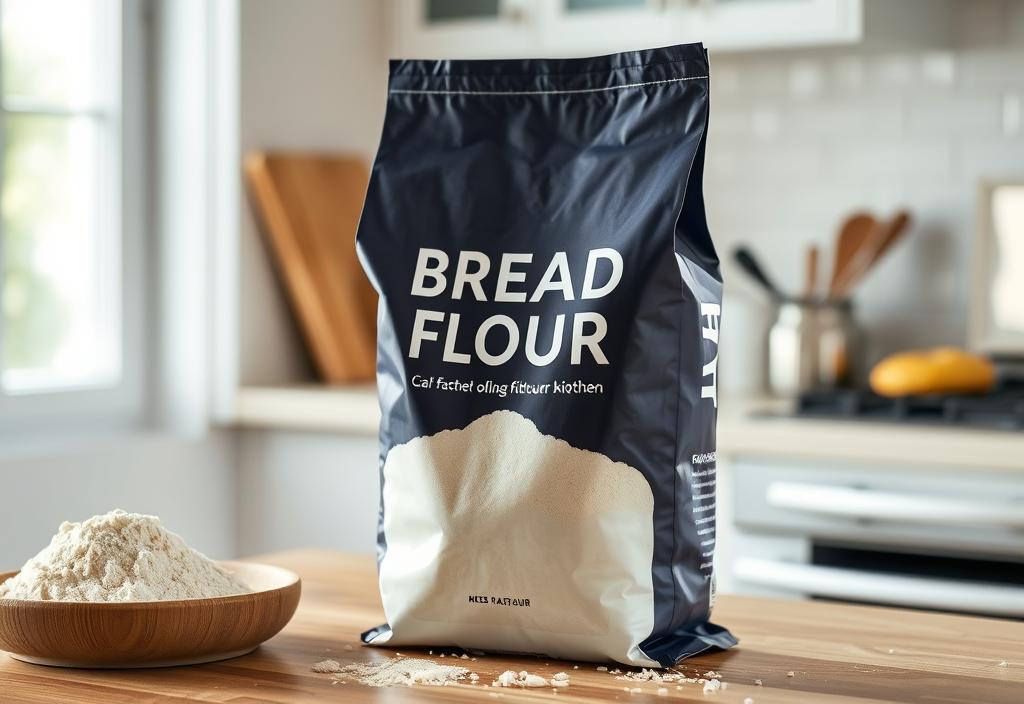
3. Control the Temperature
Temperature plays a crucial role in the fermentation process. Make sure your dough is at the right temperature before shaping, and keep it at a consistent temperature during proofing. This will help your yeast ferment properly, give your bread a better texture, and make it more flavorful. You can use a thermometer to check the temperature of your dough and adjust it as needed. With the right temperature, you’ll be able to create a variety of delicious breads and pastries that will impress your friends and family.

4. Don’t Overmix the Dough
Overmixing the dough can lead to a dense, tough crumb. Mix the ingredients just until they come together in a shaggy mass, then let the dough rest. This will help your yeast ferment properly, give your bread a better texture, and make it more flavorful. You can also use a stand mixer with a dough hook attachment to mix the ingredients, but be careful not to overmix. With the right mixing technique, you’ll be able to create a variety of delicious breads and pastries that will impress your friends and family.

5. Use a Hot Oven
A hot oven is essential for achieving that perfect golden crust. Preheat your oven to at least 450°F (230°C) before baking. This will help your bread cook quickly, give it a crispy crust, and make it more flavorful. You can also use a steam pan or a cast-iron skillet to create steam during baking, which will help your bread rise and give it a better texture. With the right oven temperature, you’ll be able to create a variety of delicious breads and pastries that will impress your friends and family.
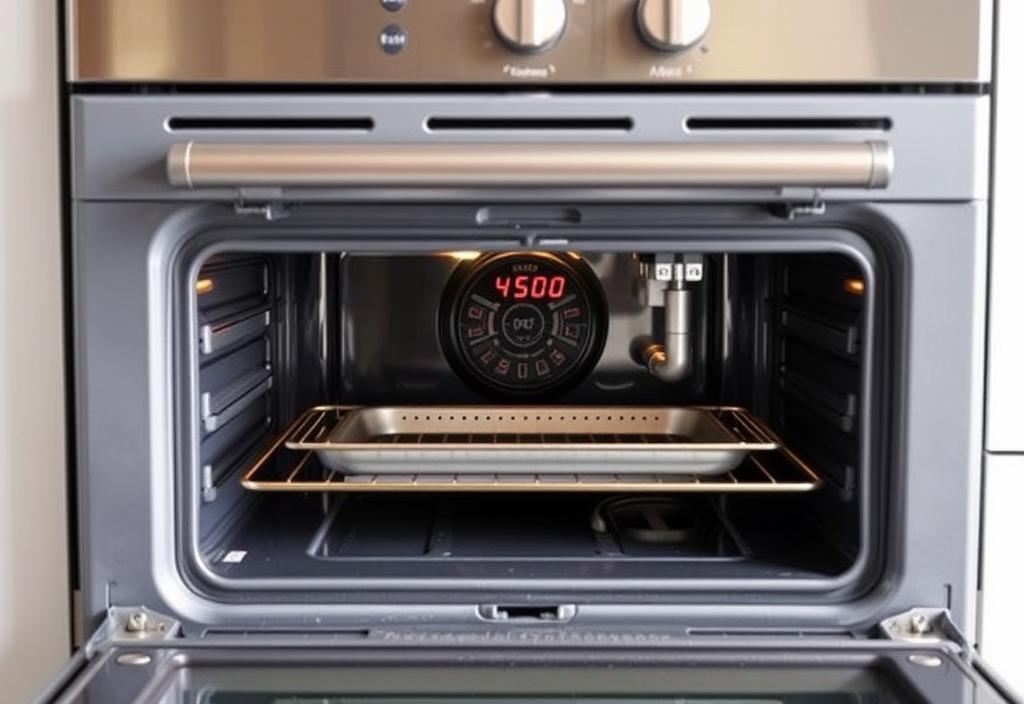
6. Steam the Oven
Steam helps to create a crispy crust and a chewy interior. Use a steam pan or a cast-iron skillet to create steam during baking. This will help your bread rise, give it a better texture, and make it more flavorful. You can also experiment with different types of steam, such as steam from a pan of water or steam from a steam generator, to create unique and delicious flavors. With the right steam technique, you’ll be able to create a variety of delicious breads and pastries that will impress your friends and family.
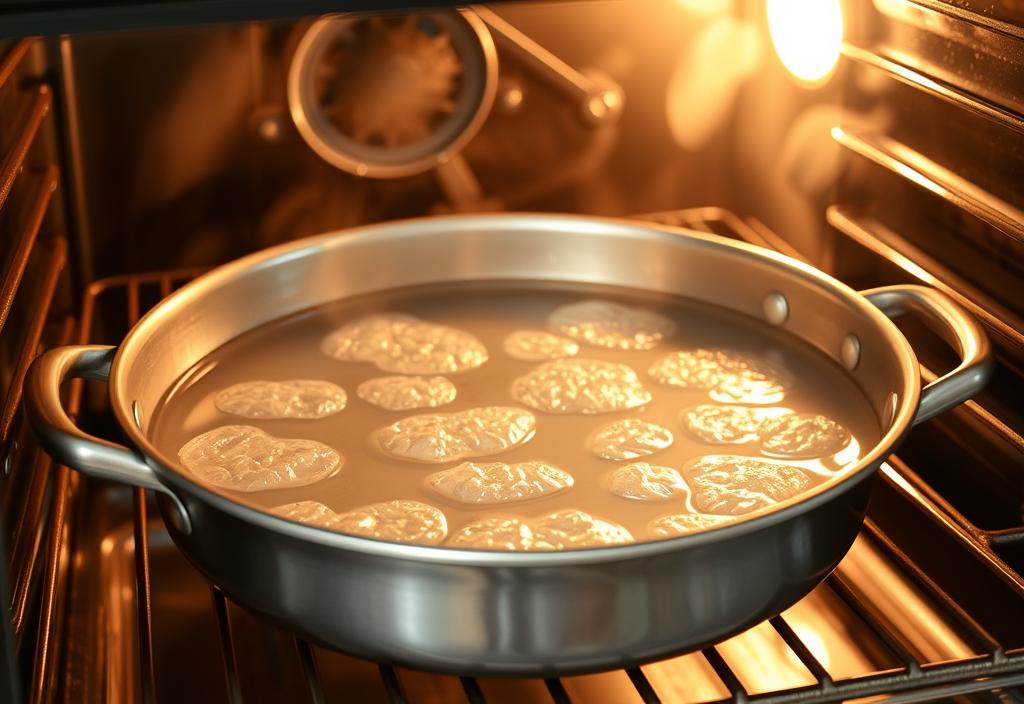
7. Score the Bread
Scoring the bread helps to control the way it expands during baking. Use a sharp razor or a lame to make a few shallow cuts on the surface of the bread. This will help your bread rise, give it a better texture, and make it more flavorful. You can also experiment with different types of scoring, such as diagonal or horizontal cuts, to create unique and delicious flavors. With the right scoring technique, you’ll be able to create a variety of delicious breads and pastries that will impress your friends and family.
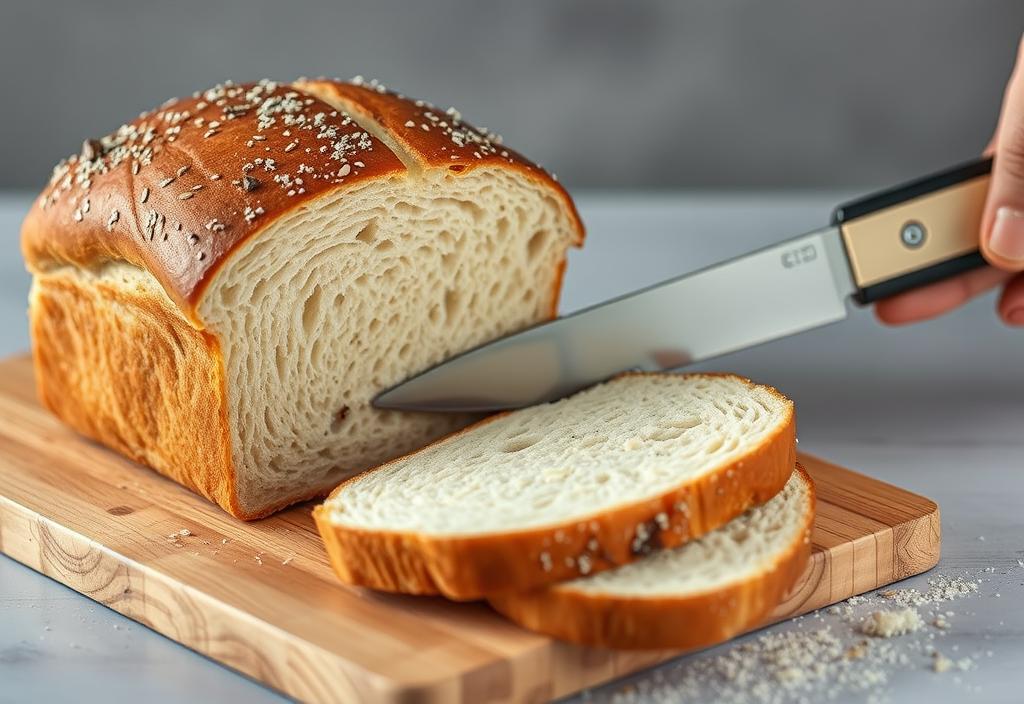
8. Use a Banneton or Proofing Basket
A banneton or proofing basket helps to create a beautiful, irregular shape and a crispy crust. Use a linen or cotton cloth to line the basket before adding the dough. This will help your bread rise, give it a better texture, and make it more flavorful. You can also experiment with different types of baskets, such as a wicker or a metal basket, to create unique and delicious flavors. With the right basket technique, you’ll be able to create a variety of delicious breads and pastries that will impress your friends and family.
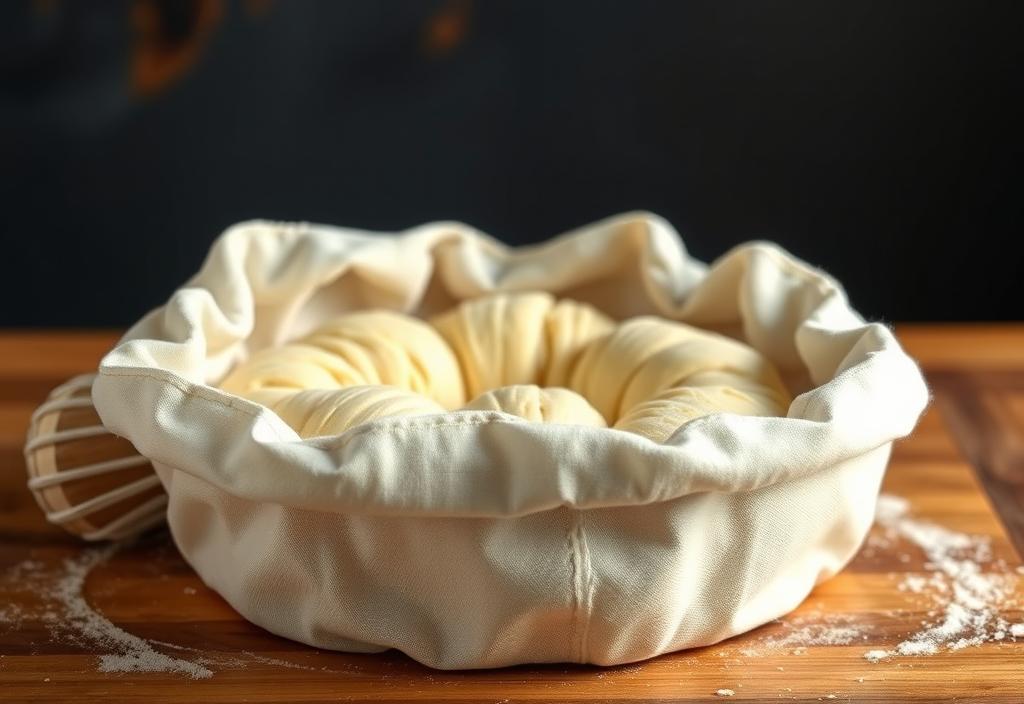
9. Practice, Practice, Practice
Baking sourdough bread is an art that requires patience and practice. Don’t be discouraged if your first loaves don’t turn out as expected – keep trying, and you’ll eventually get the hang of it! With practice, you’ll be able to develop your skills, experiment with new ingredients and techniques, and create a variety of delicious breads and pastries that will impress your friends and family. Plus, you’ll have fun trying new things and learning new skills. So don’t be afraid to get creative and try new things – it’s all part of the baking process!
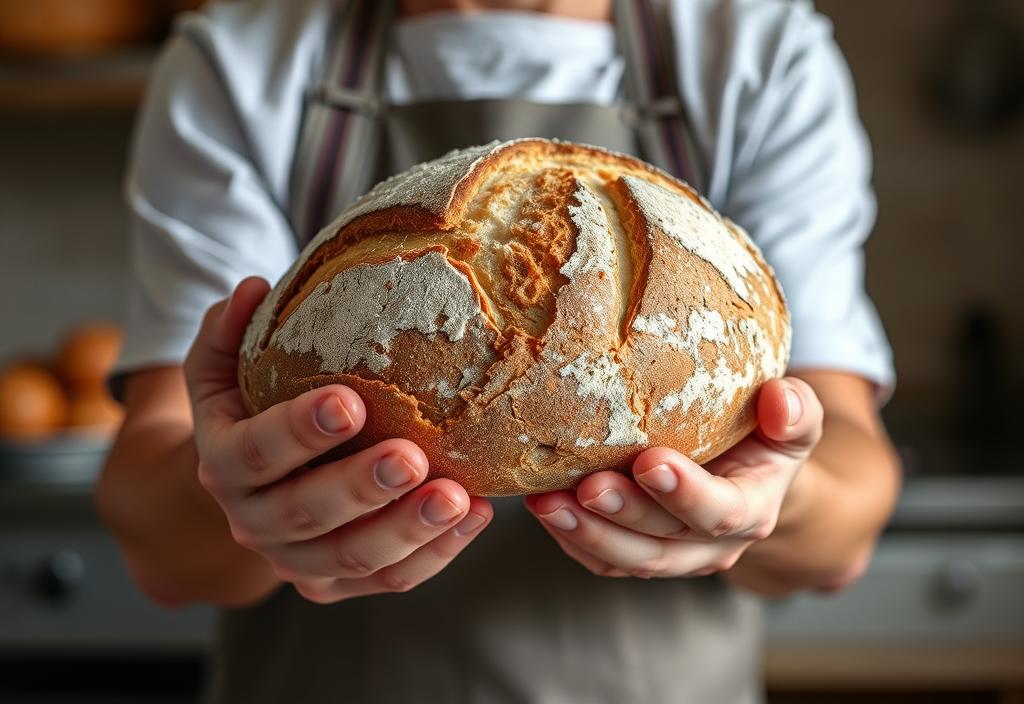
10. Experiment with Flavors
Sourdough bread is a great canvas for experimenting with different flavors. Try adding herbs, spices, nuts, or dried fruits to create unique and delicious variations. You can also experiment with different types of flour, such as whole wheat, rye, or spelt, to create unique and delicious flavors. With the right flavors, you’ll be able to create a variety of delicious breads and pastries that will impress your friends and family. Plus, you’ll have fun trying new things and learning new skills. So don’t be afraid to get creative and try new things – it’s all part of the baking process!
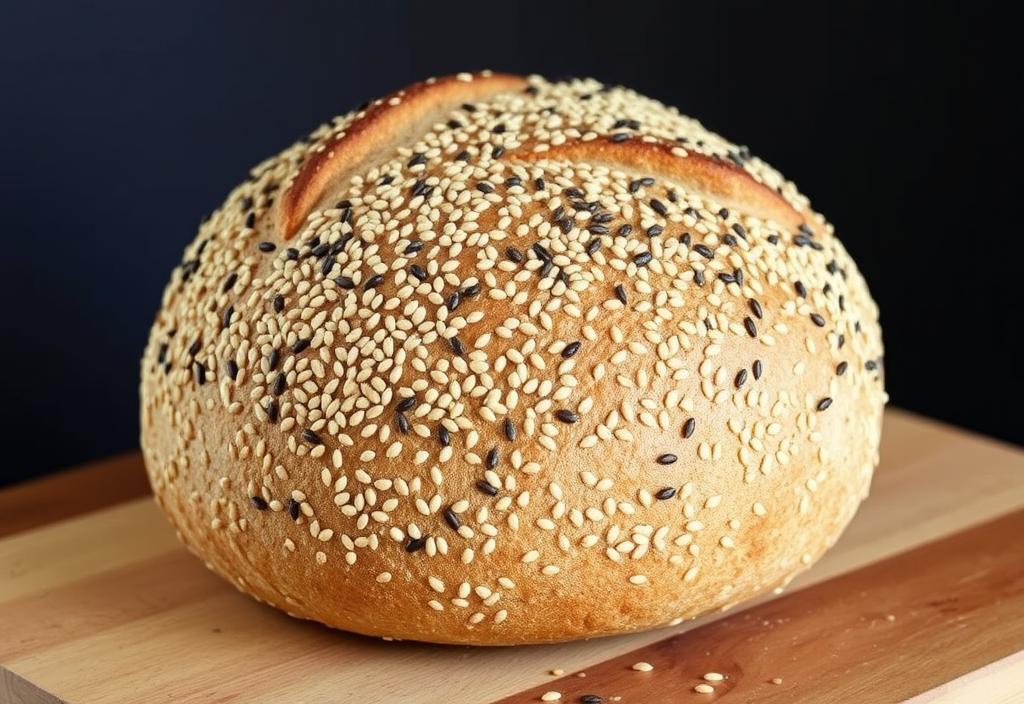
With these top 10 tips, you’ll be well on your way to baking the perfect loaf of sourdough bread in 2024. Remember to practice patience, experiment with flavors, and always keep your sourdough starter happy and healthy!
